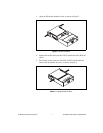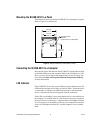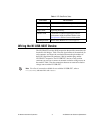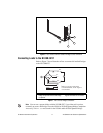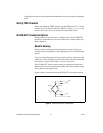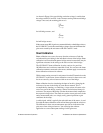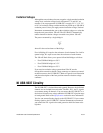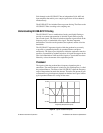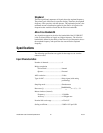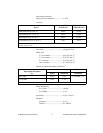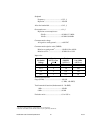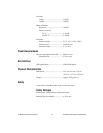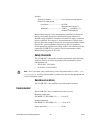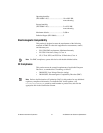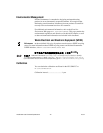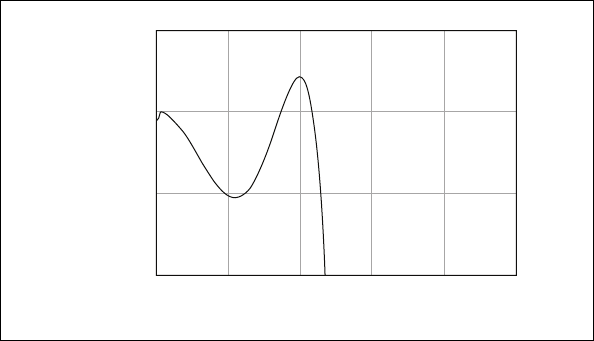
© National Instruments Corporation 15 NI USB-9237 User Guide and Specifications
Each channel on the NI USB-9237 has an independent 24-bit ADC and
input amplifier that enable you to sample signals from all four channels
simultaneously.
The NI USB-9237 also includes filters to prevent aliasing. The filters on the
NI USB-9237 filter according to the sampling rate.
Understanding NI USB-9237 Filtering
The NI USB-9237 uses a combination of analog and digital filtering to
provide an accurate representation of desirable signals while rejecting
out-of-band signals. The filters discriminate between signals based on the
frequency range, or bandwidth, of the signal. The three important
bandwidths to consider are the passband, the stopband, and the alias-free
bandwidth.
The NI USB-9237 represents signals within the passband as accurately
as possible, as quantified primarily by passband flatness and phase
nonlinearity. The filters reject frequencies within the stopband as much as
possible, as quantified by stopband rejection. All signals that appear in the
alias-free bandwidth are either unaliased signals or signals that have been
filtered by at least the amount of the stopband rejection.
Passband
The signals within the passband have frequency-dependent gain or
attenuation. The small amount of variation in gain with frequency is called
the passband flatness. The filters of the NI USB-9237 adjust the frequency
range of the passband to match the data rate. Therefore, the amount of gain
or attenuation at a given frequency depends on the data rate. Figure 9 shows
typical passband flatness for a range of data rates.
Figure 9. Typical Passband Response
Frequency/Sample Rate (kHz)
10.8
0.025
0.000
–0.025
–0.050
0.60.40.20
Gain (dB)



